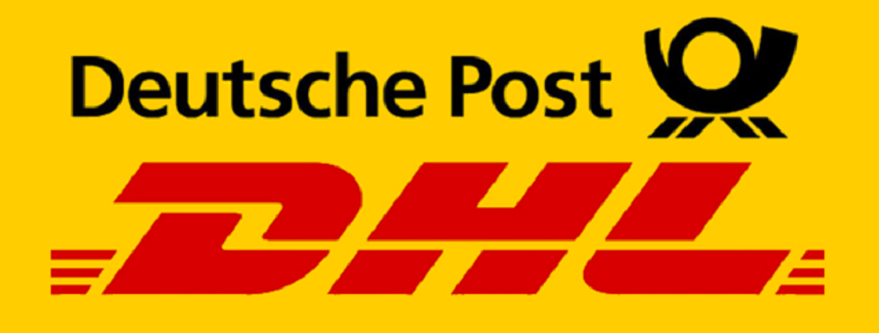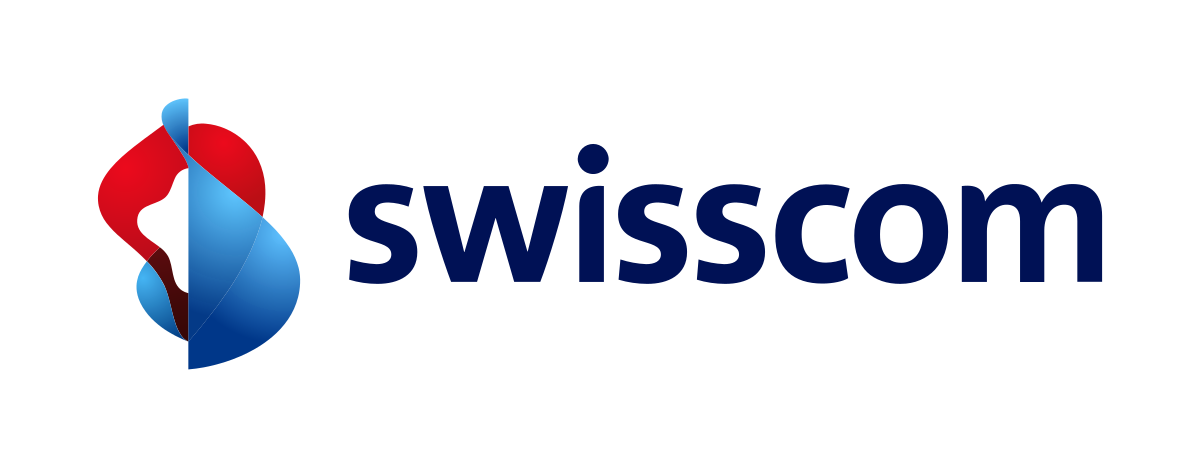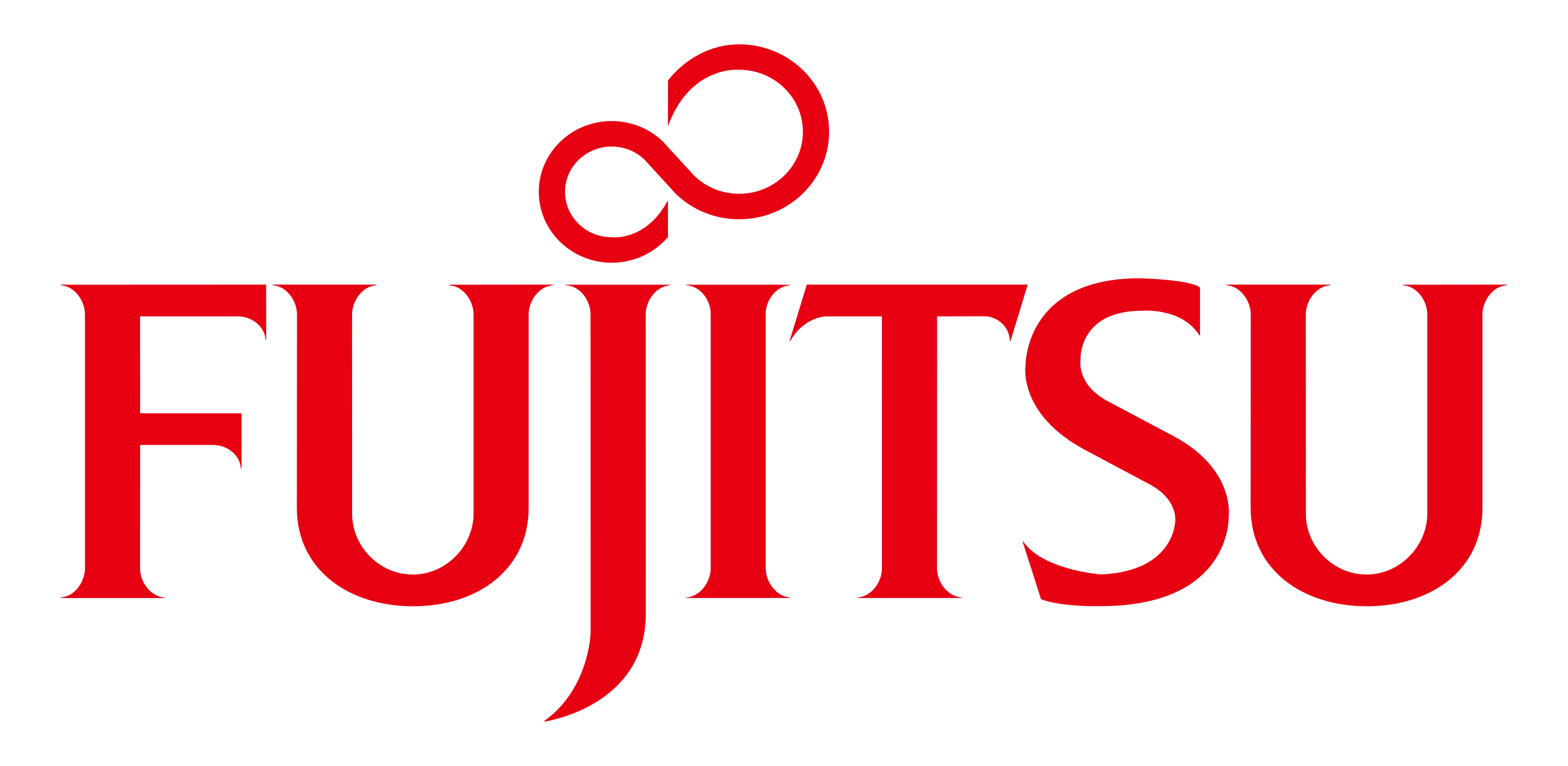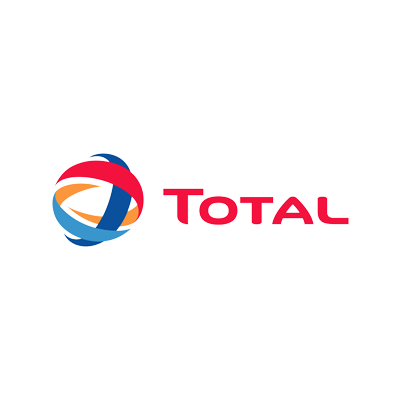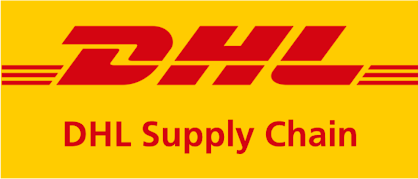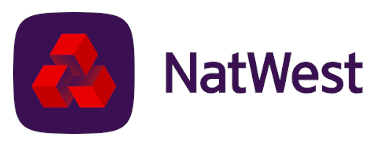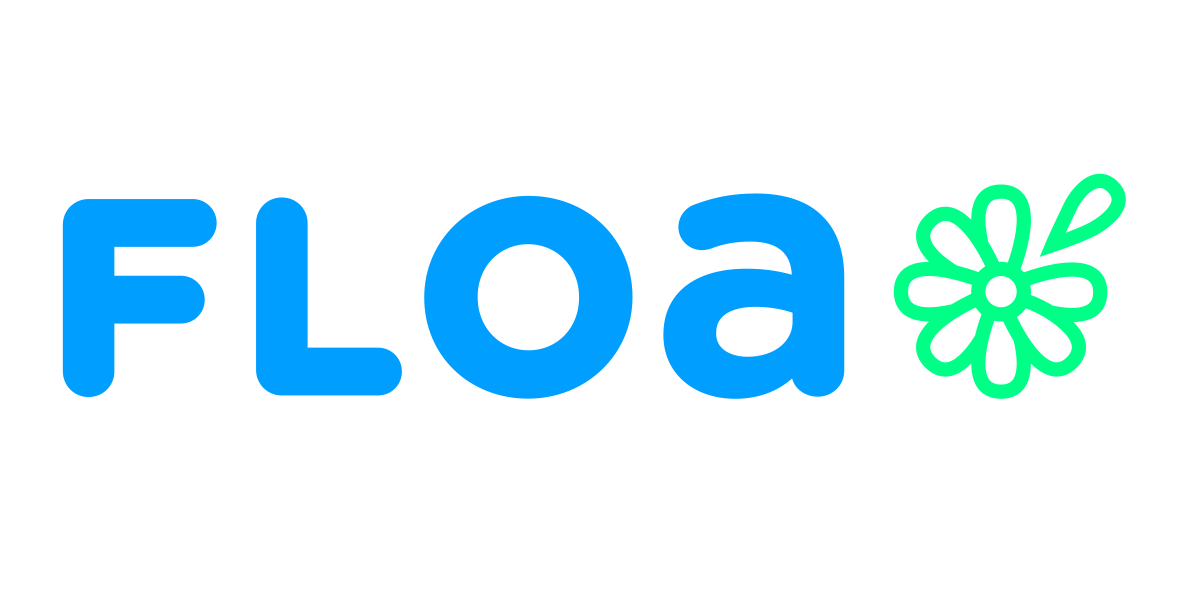Can we use the Scrum methodology in the HR department?
Agile, and especially the Scrum methodology, is a catchy topic today, which has already been discussed the length and breadth among IT professionals. Well, that’s right, we mostly associate this methodology with projects carried out by technical people, precisely in IT. In this post, we want to show that HR is not being left behind, and the methodology is also great for other company departments.
Agile reality
Our HR&Office department’s adventure with Scrum at Polarys Polska started about 2 years ago, and today, in retrospect, we know that it was one of the better decisions we could have made regarding the functioning and daily work of our department.
It was a good decision also because the whole Polarys Polska company is very much focused on agility. Thanks to the implementation of the Scrum methodology also in the HR&Office team, we better understand the specifics of the work of our developers, and we can respond to their needs in a more accurate way, since they are our customers, in this case, internal customers.
This approach and translation of concepts found in Scrum to the reality of HR&Office team is not difficult at all and allows us to call ourselves developers 😉 Ok, it’s not the most important thing, but carrying out individual tasks, whether they are related to daily operations or introducing major improvements, new processes or tools to our company, gives us the opportunity to learn new things, test solutions and, above all, to go beyond our usual duties.
Proper planning
With proper planning of activities during Sprint Planning (you can read more about Scrum events here), our team can approach big topics with more confidence and get on with it in general.
Does this seem unlikely? And yet, the efficiency of work in the Scrum methodology increases significantly. In our experience, it’s a matter of the fact that for very large tasks or projects, we „break down” into smaller, individual tasks, which, as the project progresses, we can also adapt to the often changing vision.
I’ll give you an example – how many times have you come across a case when after many weeks you handed over a project in which you put a lot of work, and finally it turned out that expectations during these few weeks have changed dramatically and you have to start from the beginning?
We also have such experiences behind us and that is why working in Scrum turned out to be salutary for us. Now we have more freedom and space to discuss solutions from different perspectives on an ongoing basis, either within our team or with stakeholders who have a general vision of the final product.
Consolidation of knowledge
Of course, all our knowledge of Scrum didn’t come out of nowhere. We built it over subsequent Sprints and months of work in this methodology, but we also decided to approach the PSM I certification, which consolidated our knowledge and assured us that we had mastered this type of work well.
We also carried out the preparation for certification as part of a Scrum project, the result of which was to obtain two certificates. This made it easier for us to get down to it and motivate each other. Let me just add that the project was a success!
Time for change
This short text was intended to introduce you to the use of the Scrum methodology beyond traditional IT teams and encourage you to think about reorganizing the work of your team. Our daily work and projects implemented as part of subsequent Sprints (you can read about such a specific case here) confirm our belief that the HR&Office team can also successfully work in Scrum.
So when do you start?














